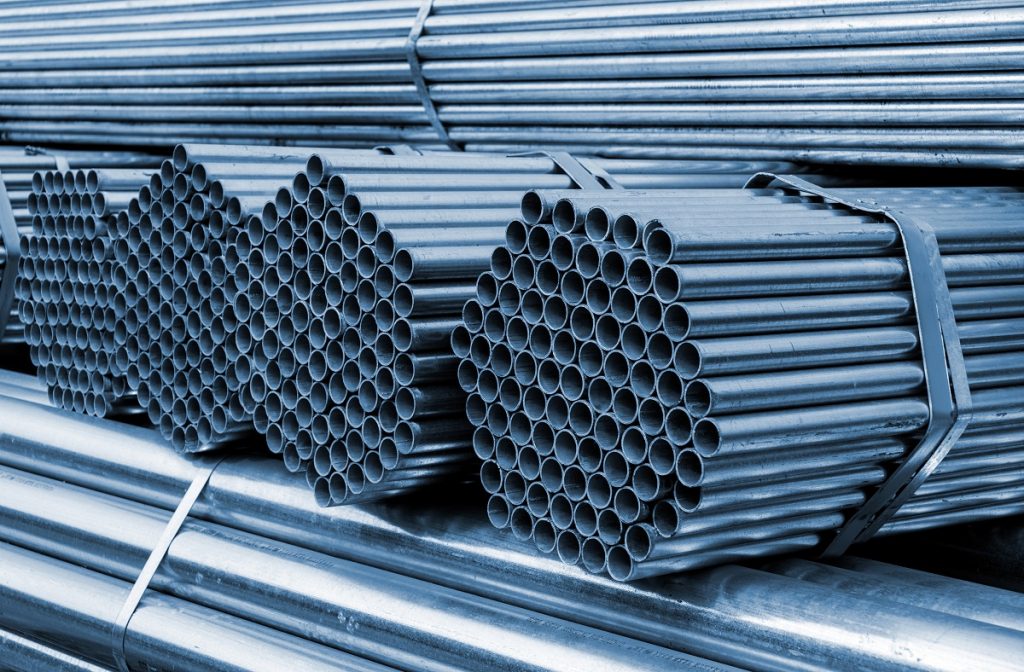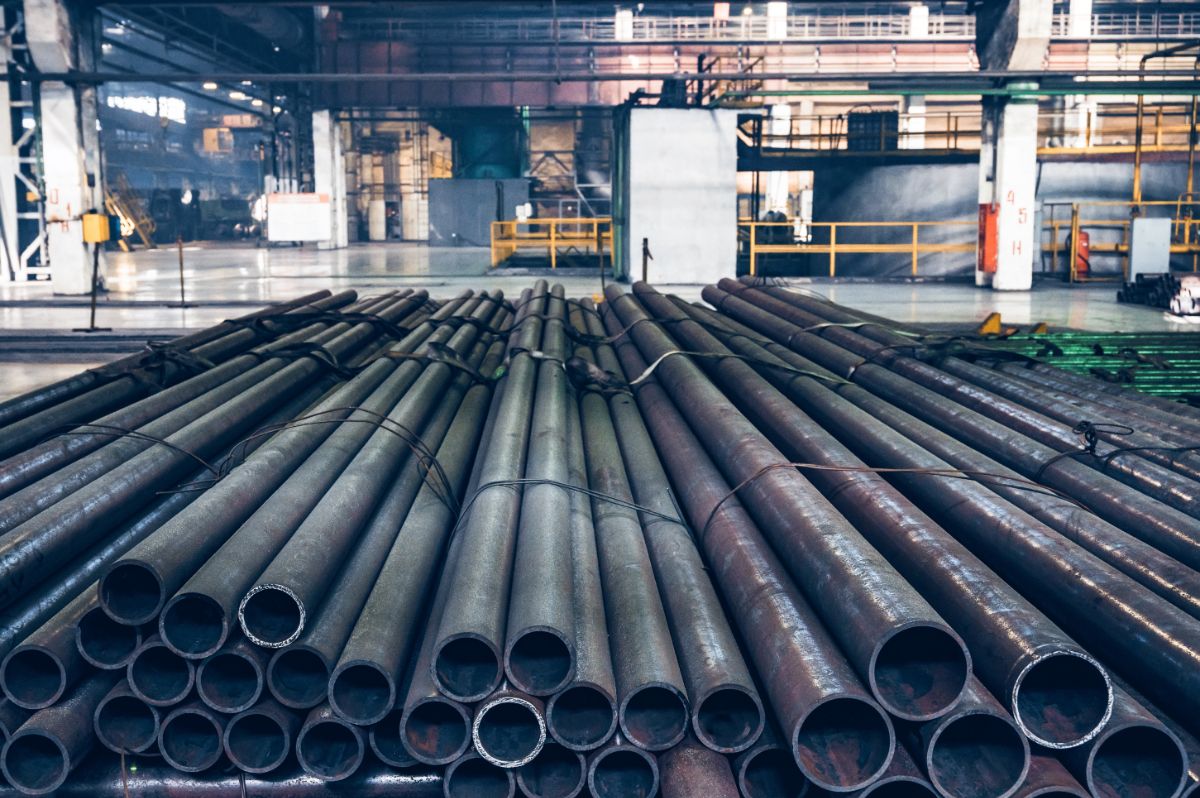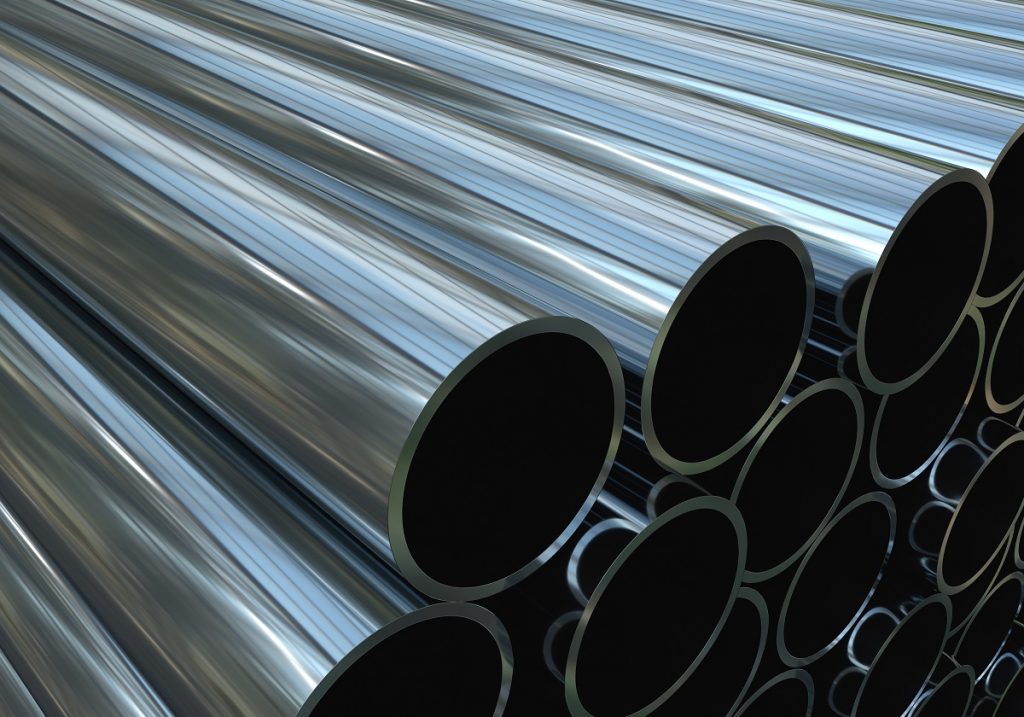3 Types Of Carbon Steel That You Need To Know About

What are the different types of carbon steelf?
- Low Carbon Steel
- Medium Carbon Steel
- High Carbon Steel
Not all types of steel are created equal. This is especially true when it comes to carbon steel. There are three definitive categories under this kind of steel, all with varying compositions, specific strengths and weaknesses, and ideal applications. All types of carbon steel have different uses and features, so you must identify which type will best suit your project if you’re searching for carbon steel products.
To help you make a wise purchasing decision, here are the different types of carbon steel. Keep reading to determine which one is right for your project.
Low Carbon Steel

The first type is low carbon. As its name suggests, low carbon steel possesses the lowest carbon content among the different types of carbon steel. Low carbon steel is limited to only 0.30% carbon content and is the most commonly used grade.
Low carbon steel is also known as mild steel. It is very easy to form and fabricate, which makes it quick and cheap to manufacture when compared to other grades. Thus, it is the perfect carbon steel for a variety of applications — particularly applications that need mass-produced steel products. You can often find mild steel used to make metal sheets, screws, and rebar. You may have also come across many mild steel products in the kitchen, as stainless steel falls under this category.
Aside from being easy to bend and shape, low carbon steel has low strength and high ductility. However, its tensile strength can be raised through a process called carburizing, which makes it more resistant to force and abrasion. Other alloying elements, such as manganese, can also be added to increase the metal’s strength and hardness — without making the low carbon steel too heavy for its intended application.
The most common low carbon steel grades include the ASTM A36, A572 Grades 42 & 50, and A830-1020. These grades exhibit moderate strength, high ductility and machinability, and light weights. Thus, they are ideal for creating structural steel, automobile components, machinery, domestic appliances, surgical instruments, and medical tools and enclosures.
Medium Carbon Steel
The second type of carbon steel is called medium carbon steel, which has a slighter higher amount of carbon — around 0.31% to 0.60%. Additionally, it also has more manganese content. It may also contain varying amounts of alloying elements like chromium, nickel, and molybdenum.
Due to its higher carbon and manganese content, medium carbon steel is stronger than low carbon steel. However, it loses the easy forming and fabrication quality in the process. Nonetheless, it does have enhanced strength and durability, so it still has many applications.
Its other alloying components (i.e. chromium, nickel, and molybdenum) are added to increase medium carbon steel’s stress resistance. If additional hardening is needed, then medium carbon steel can go through a repetitive heating and cooling process, which is called quenching and tempering. Using this technique enhances hardness without compromising its machinability.
Two of the most common medium carbon steel grades are ASTM A516 Grade 70 and A830-1045. These grades feature a good balance of strength, hardness, wear resistance, and machinability. This makes it a more ideal choice than low carbon steel for high-abrasion and high-impact applications. This includes such machine and automobile components, pressure structures, shafts, and couplings.
High Carbon Steel

High carbon steel, as its name implies, possesses the highest amount of carbon content amongst carbon steels. It contains anywhere around 0.45 up to 1.50% of carbon. High carbon steel is also known as carbon tool steel.
As expected, its high carbon content makes it the most inflexible. Therefore, it is also the hardest to work with in terms of cutting, bending, and forming. Because it’s relatively hard to fabricate, it is the most expensive carbon steel type out of the three.
That said, it too can accept different alloying materials to change its mechanical properties. Chromium and manganese are the most common, which increase their corrosion resistance. Like medium carbon steel, high carbon steel can also undergo quenching and tempering treatments to increase its hardness.
Thus, high carbon steels feature the highest strength and wear resistance among carbon steel grades. This allows it to endure abrasion, wear, and impacts without breaking. As a result, it is best used in the production of hard steel products, such as cutting and chiseling tools, railways, spring steel, steel plates, and steel bars.
Key Takeaway
When you’re choosing which carbon steel to work with, you must familiarize yourself with the different properties of each of the types of carbon steel. This will help you determine which grade will best suit your needs, and how you need to apply it to make the most out of its properties and lifespan.
If you’re looking for a source for high-quality steel products, then work with the best — Metal Exponents. We have a large inventory of steel products from international mills and go the extra mile to ensure you receive the best plate product and customer service. Message us here to learn more!


